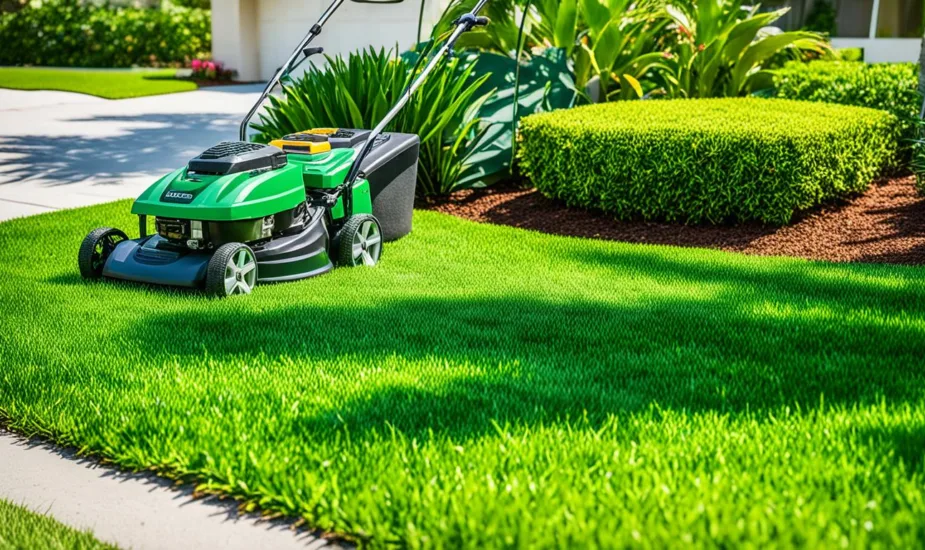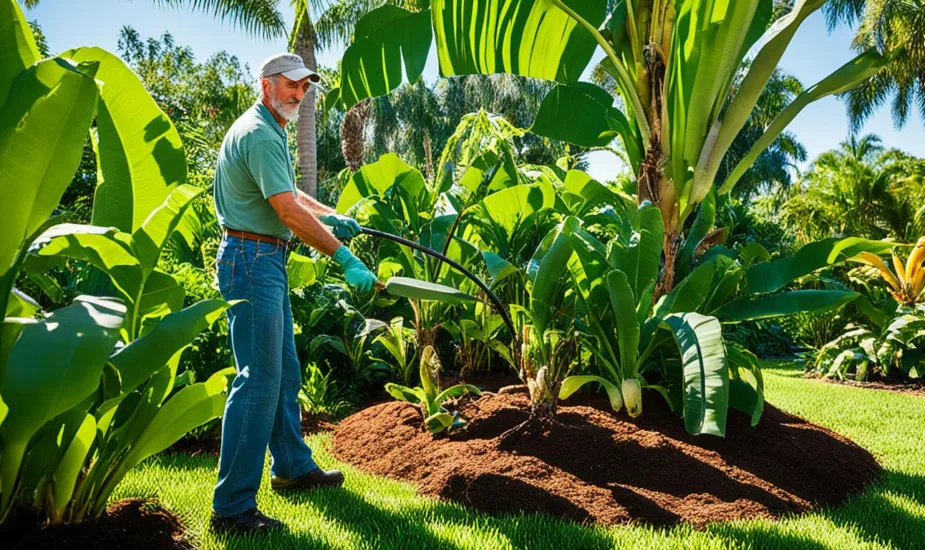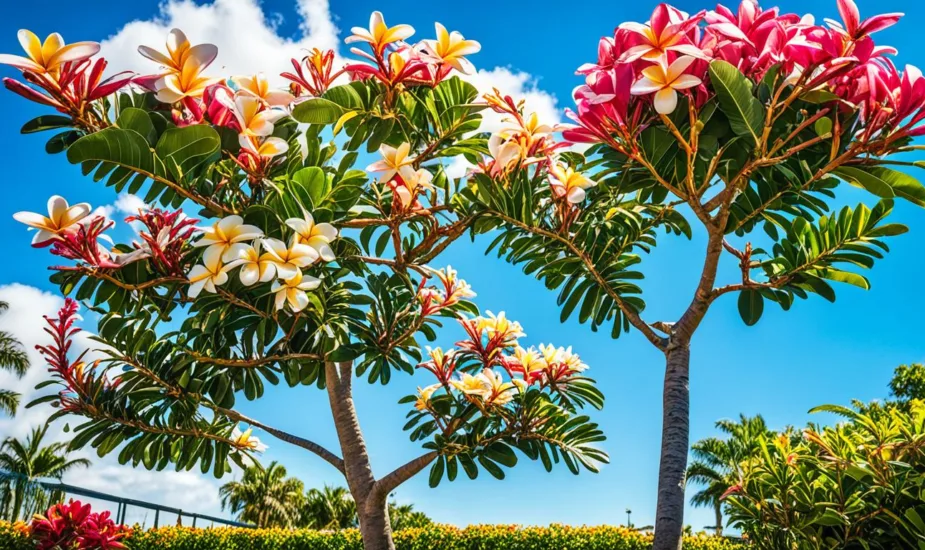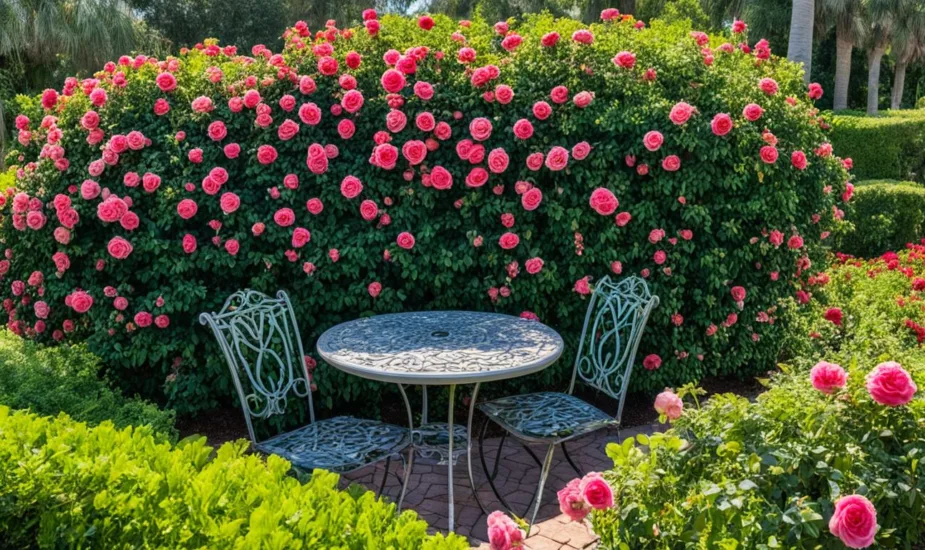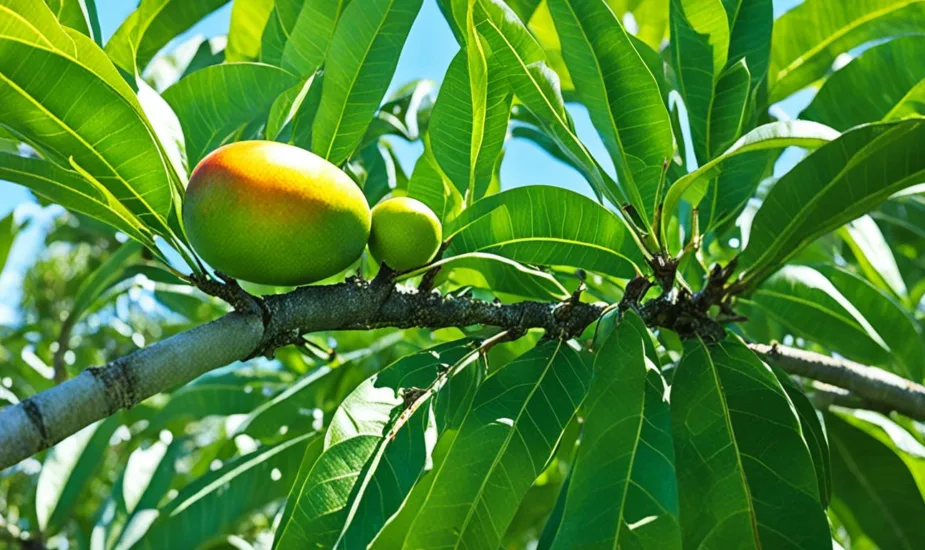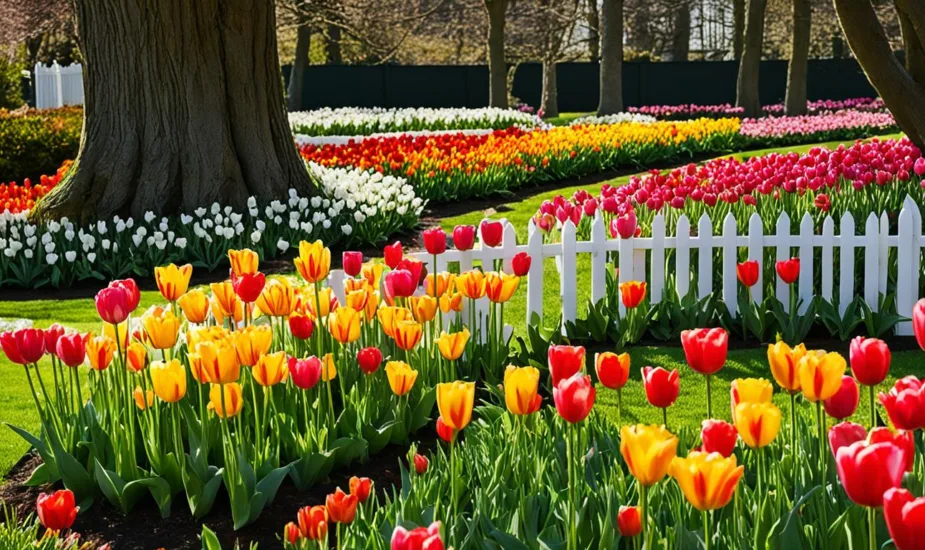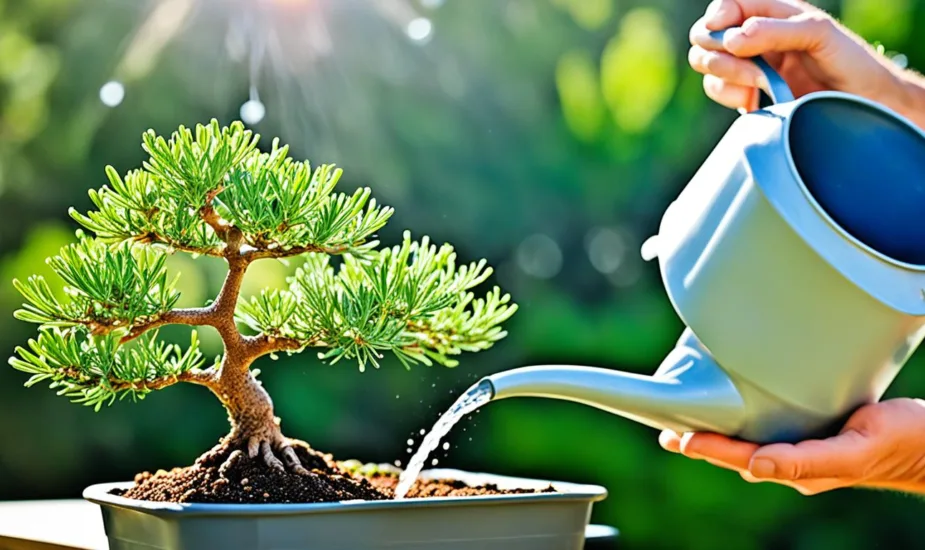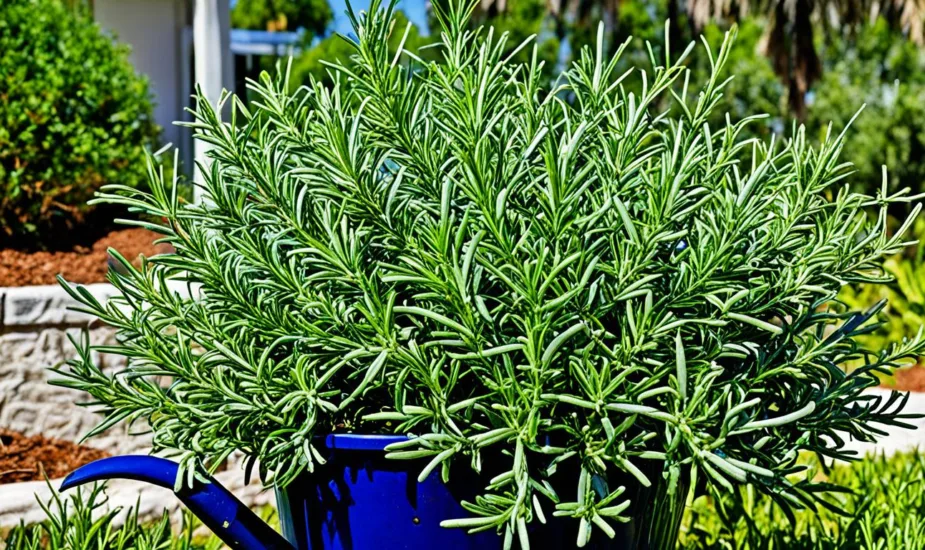Florida Orchid Care Essentials for Healthy Growth
Master Orchid Care in Florida with expert tips on providing the right light, water, and humidity for vibrant, blooming orchids in the Sunshine State.
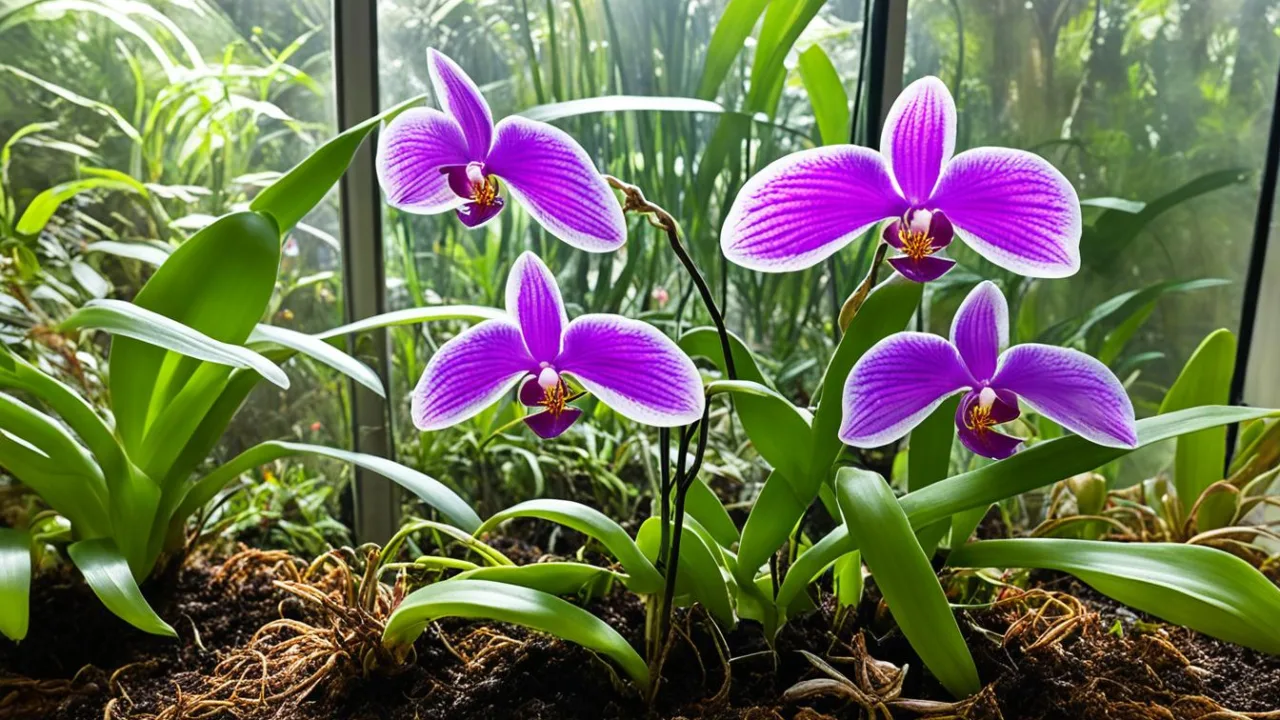
Imagine walking into a lush, tropical garden in Florida, surrounded by vibrant colors and captivating scents. As I strolled through the garden, my eyes were immediately drawn to the delicate beauty of the orchids. Their graceful petals and intricate patterns seemed to dance in the gentle breeze, captivating my attention and piquing my curiosity.
Being a plant enthusiast, I couldn’t resist the urge to learn more about these fascinating flowers and how to care for them in the unique climate of Florida. With its warm temperatures and high humidity, Florida provides an ideal environment for many orchid species to thrive. But just like any other plant, proper care is essential for their healthy growth and stunning blooms.
As I delved deeper into the world of orchid care in Florida, I discovered some essential tips and techniques that not only kept the orchids thriving but also enhanced their natural beauty. From choosing the right potting media to repotting and troubleshooting common issues, every step played a vital role in ensuring the well-being of these exquisite plants.
Choosing the Right Potting Media for Orchids in Florida
Orchids are epiphytes and require special media in which to grow. When selecting potting media for your orchids in Florida, it’s important to consider their specific needs and the local climate. Here are some common types of orchid media that are suitable for Florida’s orchid growers:
- Chopped tree fern fiber: This organic material provides excellent drainage and retains moisture, making it an ideal choice for water-loving orchids.
- Chopped fir tree bark: Fir bark is a popular option as it allows for good air circulation and drainage, preventing root rot.
- Osmunda fiber: Derived from the fibrous roots of the osmunda fern, this media retains moisture while providing good aeration for the roots.
- Charcoal: Charcoal helps to absorb excess moisture and keeps the potting medium free from bacteria and fungi. It is commonly used in smaller amounts in orchid mixes.
- Volcanic rock: This inorganic material aids in enhancing drainage and aeration, ensuring the roots have access to ample oxygen.
There are several types of containers you can use for potting your orchids in Florida, including plastic, clay, wire, or redwood containers. The choice of container will depend on factors such as the size of the orchid, the desired aesthetic, and the specific requirements of the orchid species.
For certain orchids, an alternative to traditional potting is mounting them on a piece of cork or other bark. This method mimics their natural growth habit, allowing them to thrive by attaching their roots to the mount and absorbing moisture and nutrients from the air.
“Choosing the right potting media is crucial for the growth and development of orchids in Florida. By providing the right balance of moisture, aeration, and stability, you can ensure that your orchids thrive in their new environment.”
To further illustrate the variations in orchid potting media, the table below compares their characteristics:
| Orchid Potting Media | Characteristics |
|---|---|
| Chopped tree fern fiber | Excellent drainage and moisture retention |
| Chopped fir tree bark | Good air circulation and drainage |
| Osmunda fiber | Retains moisture with good aeration |
| Charcoal | Absorbs excess moisture and prevents bacterial growth |
| Volcanic rock | Enhanced drainage and aeration |
By considering the specific needs of your orchids and the characteristics of different potting media, you can create the optimal growing environment for your Florida orchids. Providing the right balance of moisture, aeration, and stability will promote healthy root growth and ensure the overall well-being of your beautiful orchids.
Proper Techniques for Repotting Orchids in Florida
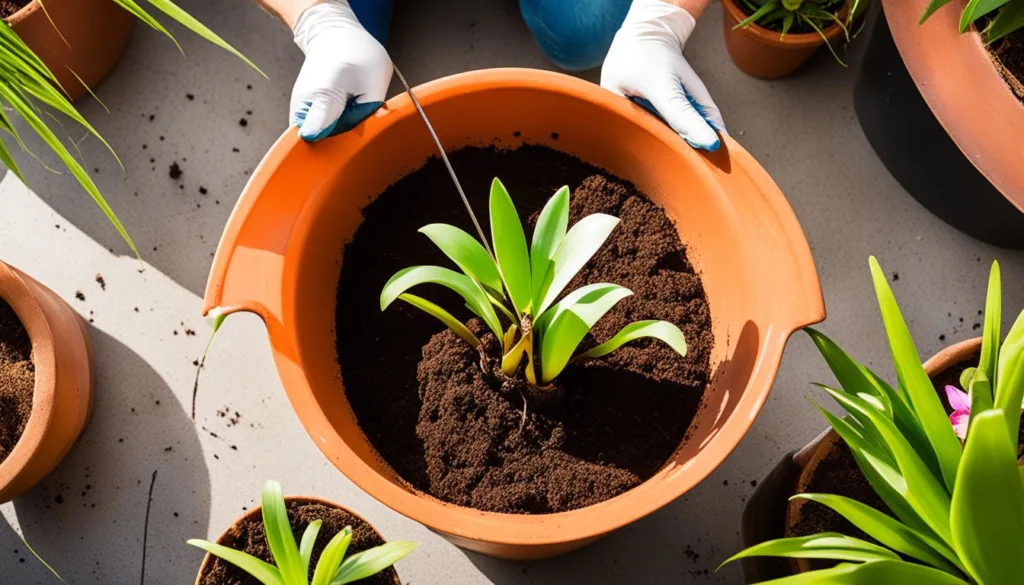
Repotting orchids is an important task to ensure their continued growth and health. Orchids should be repotted when the media breaks down or when the plant outgrows its current pot, which typically occurs every few years. Proper techniques for repotting orchids in Florida will help maintain optimal conditions for these beautiful plants to thrive.
When it comes to repotting orchids, the first step is to carefully remove the plant from its current pot. Gently loosen the roots from the old media, taking care not to damage them. It’s essential to remove any dead or diseased roots to promote the orchid’s overall well-being.
Next, select a new pot or mounting that suits the specific needs of the orchid. Plastic, clay, wire, or redwood containers can be used for potted orchids, while some orchids can also be mounted on a piece of cork or bark. Choose a pot or mounting that allows proper drainage and enough space for the orchid to grow.
After placing the orchid in its new container, it’s important to water the plant thoroughly. This helps settle the new media around the roots and provides necessary hydration. However, avoid fertilizing the orchid for several weeks after repotting to prevent root burn.
In addition to repotting, dividing orchids can also be done during this process to create new plants. Dividing orchids involves separating the plant into smaller sections, each with its own roots and pseudobulbs. This technique is commonly used for orchids that have outgrown their current pot or when propagation is desired.
By following these proper techniques for repotting orchids, Florida orchid enthusiasts can ensure their plants remain healthy and continue to flourish in the unique climate of the region.
Tips for Repotting Orchids:
- Repot orchids when the media breaks down or the plant outgrows its pot
- Be gentle when removing the orchid from the old pot to avoid damaging the roots
- Remove any dead or diseased roots during repotting
- Select a new pot or mounting that provides proper drainage and sufficient space for growth
- Water the orchid thoroughly after repotting, but avoid fertilizing for a few weeks
- Consider dividing orchids during repotting to create new plants
| Benefits of Proper Orchid Repotting in Florida | Common Mistakes to Avoid During Repotting |
|---|---|
|
|
Troubleshooting Common Issues with Orchids in Florida

Orchids are resilient plants, but just like any other living organism, they can suffer from pests and diseases. Understanding the common orchid problems and knowing how to treat them is essential for maintaining the health and vitality of your orchids in the Florida climate.
Pests of Orchids
There are several pests that can affect orchids in Florida, including scale insects, mealybugs, thrips, and mites. These pests feed on the plant’s sap, causing damage to the leaves, stems, and flowers. If left untreated, they can weaken the orchid and make it more susceptible to diseases.
Small pest problems: For minor pest infestations, you can try dabbing the insects with a cotton swab soaked in rubbing alcohol or gently washing the plants with water to remove them. Remember to treat both the top and bottom surfaces of the leaves and stems.
Larger infestations: If the pest problem persists or is more severe, you may need to use horticultural oil or insecticidal soap spray. These products can be applied according to the manufacturer’s instructions to control and eliminate the pests.
Diseases of Orchids
Orchids can also be susceptible to various diseases, such as fungal and bacterial infections. Common orchid diseases in Florida include root rot, bacterial soft rot, and leaf spot. These diseases can cause discoloration, wilting, rotting, and overall decline in the orchid’s health.
Treating diseases: Depending on the specific disease, treatment options may vary. In some cases, you may need to remove the affected tissue or even dispose of heavily infected plants to prevent the spread of the disease to other orchids. It is important to practice good sanitation by keeping your tools clean and avoiding the use of contaminated water or potting media.
Preventing Future Issues
Prevention is always better than treatment when it comes to orchid pests and diseases. By following a few key practices, you can create a healthy growing environment for your orchids and minimize the risk of problems:
- Ensure proper ventilation and airflow around your orchids to prevent excess moisture and humidity, which can promote disease development.
- Water your orchids carefully, allowing the roots to dry out between waterings to prevent overwatering and root rot.
- Provide the right amount of light for your orchids, as insufficient light can weaken the plants and make them more susceptible to pests and diseases.
- Regularly inspect your orchids for any signs of pests or diseases, and take immediate action if you notice any issues.
- Keep your growing area clean and free from dead plant material, as it can harbor pests and encourage disease development.
By implementing these practices and acting promptly to address any problems that arise, you can ensure the long-term health and success of your orchids in the Florida climate.
| Common Orchid Pests | Treatment |
|---|---|
| Scale insects | Dab with rubbing alcohol or use horticultural oil spray |
| Mealybugs | Dab with rubbing alcohol or use insecticidal soap spray |
| Thrips | Dab with rubbing alcohol or use insecticidal soap spray |
| Mites | Wash plants with water or use horticultural oil spray |
Conclusion
Proper orchid care is crucial for maintaining healthy and vibrant plants in Florida. To ensure success, it’s important to pay attention to factors like light, water, humidity, and temperature. By following some essential tips and understanding the specific needs of different orchid species, you can enjoy beautiful blooms year-round.
One of the key aspects of orchid care in Florida is choosing the right potting media. Orchids are epiphytes and require special media that provide proper drainage and aeration. Consider using a mix of chopped tree fern fiber, chopped fir tree bark, osmunda fiber, charcoal, and volcanic rock. Additionally, select suitable containers such as plastic, clay, wire, or redwood.
Regular repotting is another crucial practice in Florida orchid maintenance. Orchids should be repotted every few years or when the media breaks down. During repotting, remove the old media and any dead or diseased roots. Dividing orchids can also be done at this time to create new plants. After repotting, water the orchids but avoid fertilizing for a few weeks.
While caring for orchids, it’s essential to troubleshoot common issues. Pests like scale, mealy bugs, thrips, and mites can harm your plants. Treat small infestations by dabbing insects with rubbing alcohol or washing the plants with water. For more significant problems, consider using horticultural oil or soap spray. Additionally, watch out for diseases and take immediate action to prevent their spread.
By implementing these best orchid care practices, you can ensure the well-being of your Florida orchids. With proper attention to their specific requirements, you’ll be rewarded with vibrant and blooming orchids that will thrive in your home or garden.
 Little Garden Tips
Little Garden Tips




